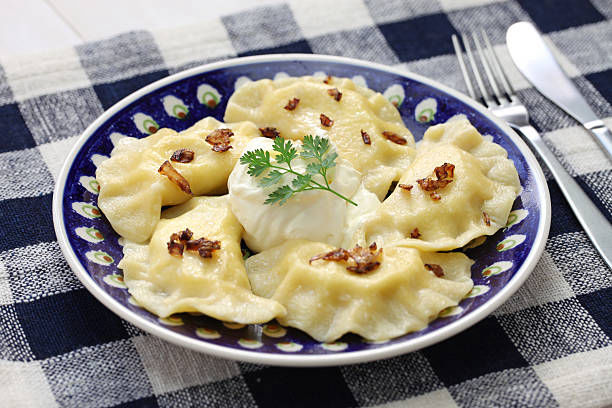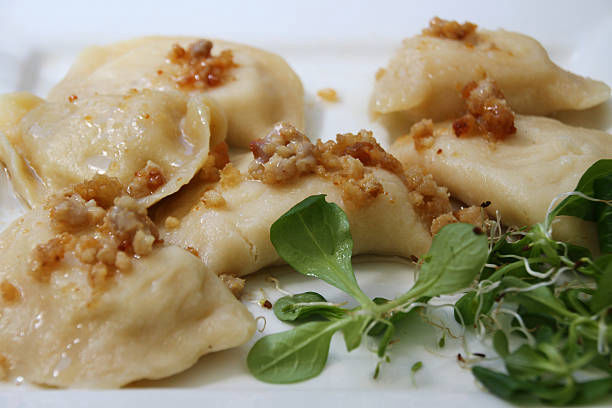
Boil the pierogi in salted water for 2-3 minutes, or until they float to the surface. Drain and serve hot, topped with melted butter, sautéed onions, or sour cream.
Pierogi can also be fried after boiling for a crispy texture. To do this, heat oil in a frying pan and fry the pierogi until golden brown on both sides.
